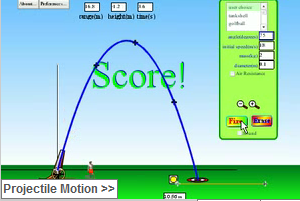Web-Based Software to Teach On-line
Another good resource, I found worth trying is WizIQ . This is a web-based virtual classroom software that is designed for teachers to do on-line teaching, tutoring, or to even create a course. Its online teaching tool helps teachers to design, manage and deliver their own online courses and run virtual live or recorded classrooms. This tool works on any ope rating system, requires no installation and offers browser-like tabbed interface and MS Office like keyboard shortcuts. One just need to log in to start their online classroom and can invite any number of attendees, it could be just one student getting one-on-tutoring or many people attending it. It is also designed to help teachers to develop subject expertise as they can attend public classes given by experts on a variety of topics. Worth mentioning it is also great for students as they can attend online classes, find teachers, download educational tutorials and can even attempt and create their own online tests. WizIQ offer



